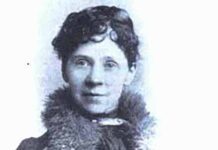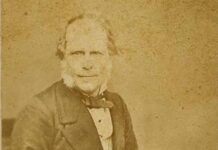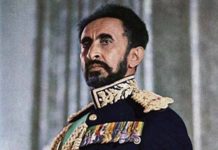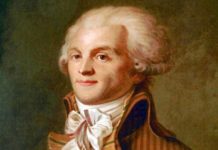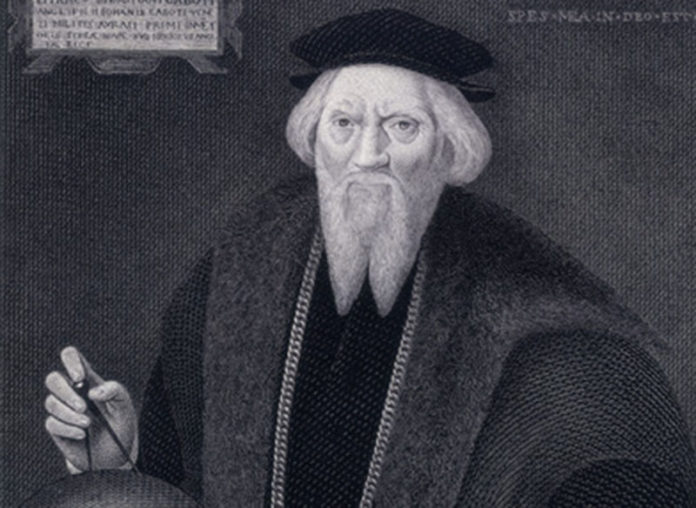
The authenticity of some of his claims have been questioned by later historians but the name of Cabot still stands high in the annals of early exploration.
Sebastian Cabot was a son of renowned explorer John Cabot. He is believed to have been born in Bristol, England between 1476 and 1484. Other accounts relate he was born in Venice and later educated in England. He claimed to have sailed with his father in the caravel, Matthew along the Newfoundland coast in May 1497. Returning again in 1508 he claimed to have sailed northward as far as Hudson’s Bay.
Sir Thomas Pert
Regardless, he is known to have been a cartographer in Greenwich by 1512 and later went to Spain to serve under King Ferdinand V only to return to England after the king’s death. By 1516 he partnered with the Vice Admiral of England, Sir Thomas Pert and sailed in two ships to explore the West Indies and the coast of Brazil under the auspices of King Henry VIII. The voyage was short lived when they were fired upon off Hispaniola and Pert elected to return home.
Captain-General of Spain
Cabot then went to Spain where his efforts were better appreciated and by 1522 was a member of the Council of the Indies with the rank of pilot-major. It was not until March 1525 that he was finally given command of a fleet and the rank of captain-general. Sebastian was charged with discoveries in eastern Cathay, as China was known. En route he was to determine the precise demarcation line between the Spanish and Portuguese Empires as set out by the Treaty of Tordesillas and take settlers to the Moluccas islands of Indonesia. The fleet of four ships and 200 men left Sanlucar de Barrameda in early April 1526.
Exploration of Rio de la Plata
When Cabot arrived in Brazil he heard rumours of vast wealth in gold and silver in the area and decided to abandon his mission and explore further inland via the Rio de la Plata. His officers and crew were not in favour of this turn of events and Cabot was forced to put down a mutiny by marooning his senior officers on Santa Catarina Island.
The next five months were spent building Fort San Salvador in modern day Uruguay and exploring the Rio de la Plata estuary. Another, smaller fort was built where the Rio Carcarana and Rio Parana met but when Cabot lost 18 men in an ambush he decided to return to San Salvador. In 1529 he went back upriver only to find the native population had destroyed his fort. Having no other recourse he recovered the cannon he had placed there and returned to San Salvador. In August he held a council and the decision was reached to return to Spain.
Arrested in Spain
When he arrived in Seville in July 1530 he was arrested and arraigned on charges of causing the deaths of his officers, mis-administration and disobedience. He was found guilty by the Council of the Indies and sentenced to heavy fines and a two year exile in Oran, North Africa. He appealed the banishment only to have the sentence doubled.
Muscovy Company of Merchant Adventurers
Cabot then appealed to the king and though there is no record of a pardon he was not exiled from Spain. Indeed, he paid his fines and continued with the title of pilot-major until 1547 when he returned to England and through the influence of friends was granted a pension and the title of The Great Navigator. Charles V attempted to win Cabot back to Spain but Sebastian remained in England though he supplied Spain and Venice with information and advice on explorations as life-governor of the Muscovy Company of Merchant Adventurers. He died around 1557 and since then doubt has been cast of many of the claims he made in his now lost journals.
Sources:
- Thomas B. Costain – The White and the Gold – Doubleday & Co. – 1954
- Oxford Encyclopedia of Canadian History
- Funk & Wagnalls New Encyclopedia


